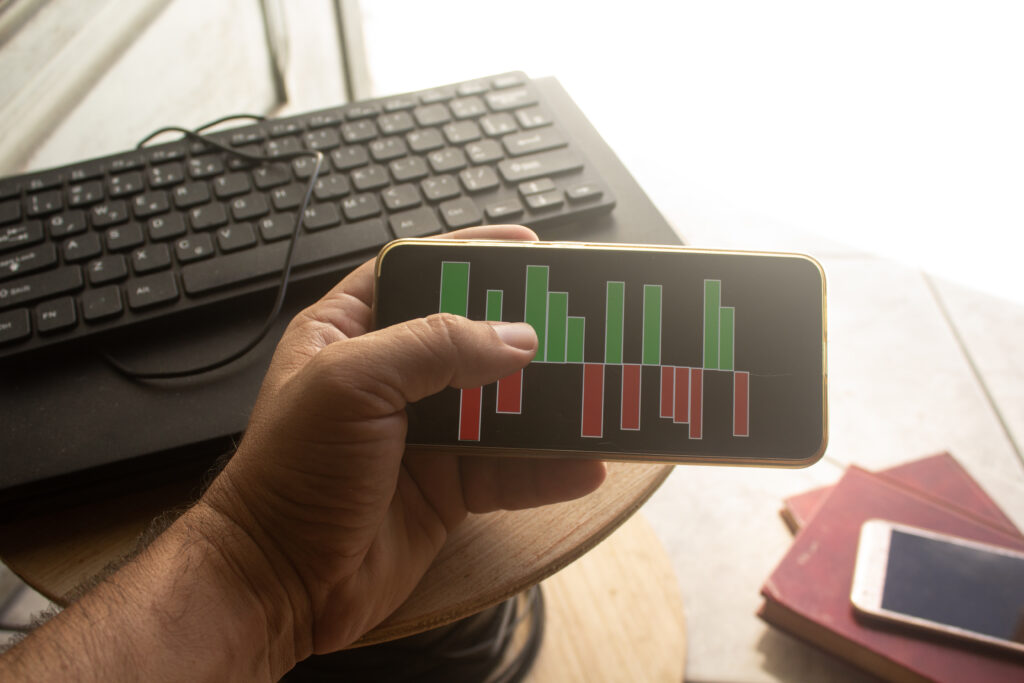What is a forex sentiment meter?
For those entering the forex trading arena with a novice’s perspective, recognizing and comprehending market sentiment stands as a pivotal aspect due to its profound impact on currency valuations. Market sentiment encapsulates the collective emotional stance of traders engaged in a specific currency pair, thereby serving as a barometer for potential price fluctuations. The process of forex sentiment analysis entails scrutinizing an array of indicators and published reports to ascertain the prevailing bullish or bearish sentiment among traders toward a particular currency pairing. Additionally, staying abreast of significant news releases and economic data disclosures proves instrumental in deciphering market sentiment, as these factors exert notable influence on currency pairs. While futures trading enthusiasts can avail themselves of exchange-based sentiment meters, Forex traders typically rely on sentiment indicators provided by prominent brokerage firms. Nevertheless, to obtain a more nuanced understanding of retail sentiment, traders often amalgamate data from multiple brokers, recognizing that each broker’s sentiment metrics reflect the behaviors of their specific client base. In the ensuing discourse, descriptions of several widely utilized online Forex sentiment meters are going to be explained, elucidating their functionalities and utility in empowering traders to gauge prevailing market sentiment and make informed trading decisions.
How forex sentiment meter works
Sentiment indicators reveal the percentage or raw data depicting the proportion of trades or traders taking specific positions in a currency pair. For instance, if out of 1000 traders engaging in a currency pair, 600 adopt a long position and 400 opt for short, the sentiment reflects 60% of traders being long on the pair. These indicators prove particularly valuable when the concentration of trades or traders in one position reaches an extreme. For example, if in the aforementioned scenario, the number of long positions escalates to 90 out of 100, leaving a mere 10 in short positions, it signals a potential price reversal as there are fewer traders to sustain the upward trend. However, it’s important to note that sentiment indicators are not definitive buy or sell signals. It’s prudent to await confirmation of the reversal through price movement before acting upon sentiment signals. Currency pairs can linger at extreme levels for prolonged durations, and a reversal might not manifest immediately. The definition of “extreme levels” varies across pairs. For instance, if a currency pair historically reverses when buying reaches 75%, observing the same level of long positions suggests the pair is at an extreme, warranting vigilance for signs of a reversal.
What is Commitment of Traders Reports and how to read it
The Commitment of Traders (COT) report, issued weekly by the Commodity Futures Trading Commission (CFTC), serves as a valuable tool for both futures and spot forex traders to gauge market sentiment. Despite its non-real-time nature—based on positions as of the preceding Tuesday—the report remains insightful. Interpreting COT publications directly from the CFTC can be complex, making it more practical to chart the data and interpret the levels indicated. The report doesn’t present percentages of traders’ long or short positions but rather the number of contracts held. Large speculators, represented by the green line, typically follow trends for profit, while commercials (red line) hedge in futures markets, often against prevailing trends.
Monitoring large speculators is crucial; despite their deep pockets, they can’t sustain losses indefinitely. When too many speculators align in one direction, a market reversal becomes probable. Observing historical trends, when large speculators held roughly 200,000 short contracts, short-term rallies often ensued. However, this isn’t an absolute or timeless extreme and can evolve. Another approach involves identifying cross-overs: shifts from net short to net long positions (or vice versa) among large speculators. While susceptible to false signals, this method has captured significant market movements over time.
The Role of Open Interest
The forex market operates over-the-counter, characterized by a decentralized structure involving brokers and traders globally. While some brokers disclose client order volumes, this data pales in comparison to the comprehensive insights provided by centralized exchanges like futures exchanges. Futures exchanges offer detailed statistics on all traded contracts, including open interest, which serves as a vital sentiment indicator. Open interest represents unsettled contracts, reflecting ongoing market positions. For instance, in a scenario where the AUD/USD pair exhibits an upward trend, monitoring open interest in Australian dollar futures offers supplementary perspective. Rising open interest amid price upticks suggests the trend’s likely continuity, while stabilization or decline in open interest hints at a potential trend reversal. This data is then extrapolated to the forex market. Strengthening euro futures (indicating US dollar weakness) typically propels EUR/USD upward, whereas weakening Japanese yen futures (indicating US dollar strength) tend to elevate USD/JPY. Understanding open interest dynamics thus unveils underlying forces shaping forex market movements.
Understanding broker specific Forex Data
In the over-the-counter forex market, transparency is fostered through brokers who disclose the collective percentage of traders or trades holding long or short positions in specific currency pairs. However, this data reflects only the clientele of each broker, offering a limited perspective on market sentiment. Discrepancies may arise among brokers’ sentiment readings, with smaller brokers potentially providing less representative data compared to larger counterparts, who serve a broader client base. Many brokers offer sentiment tools on their platforms for free, though it’s prudent to cross-reference multiple brokers for consistency in sentiment readings. Consensus among brokers indicating extreme sentiment levels often signals an impending reversal. Conversely, significant disparities in sentiment figures across brokers suggest caution in relying on such indicators until alignment occurs. In addition to broker-provided data, online platforms like DailyFX or OANDA offer their own sentiment indicators, such as the Client Sentiment Report, complemented by analysis and trading insights, enriching traders’ decision-making processes.

